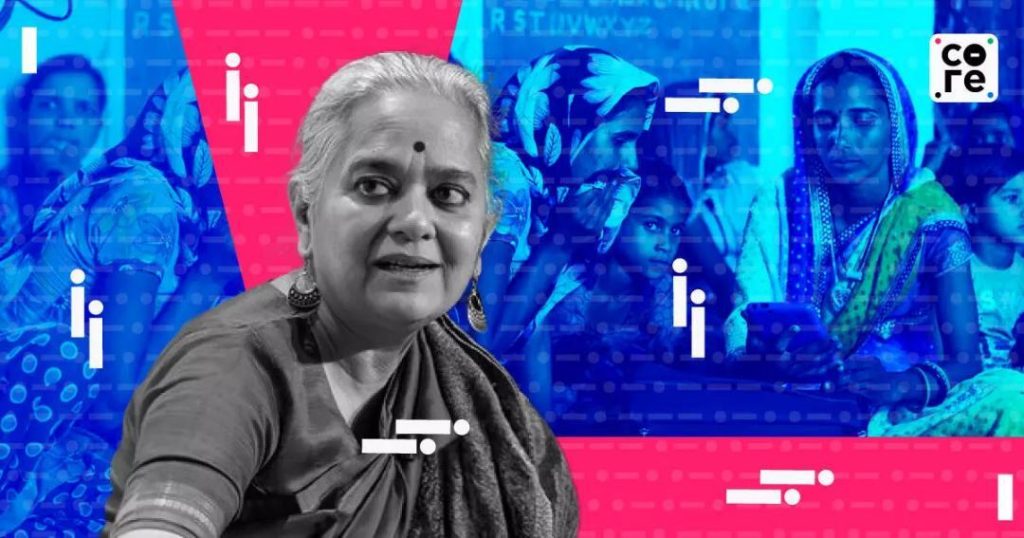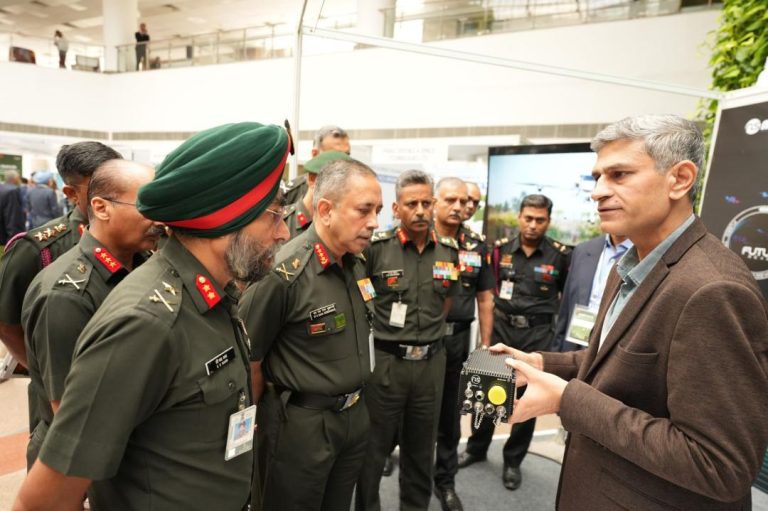
SEWA shows how rural women use tech for health, welfare access
In an era where technology is transforming the way we live and work, it’s heartening to see rural women from India embracing digital tools to access essential services like healthcare, welfare, and financial services. The Self-Employed Women’s Association (SEWA), a pioneering organization that has been working towards the empowerment of women, has been at the forefront of this digital revolution. SEWA’s social security director, Mirai Chatterjee, recently shared the organization’s inspiring story of how rural women are adopting technology to bridge the gap between rural and urban India.
In an interview with The Core, Chatterjee highlighted the significant progress made by SEWA in empowering rural women through digital adoption. “We have seen a remarkable shift in the way rural women are using technology,” she said. “From using mobile apps to access healthcare services to adopting blockchain for secure document storage, these women are redefining digital adoption in India.”
One of the most exciting initiatives undertaken by SEWA is the co-creation of digital health passports with the blockchain platform Algorand. This innovative project aims to provide rural women with secure and accessible health records, enabling them to access healthcare services more efficiently. The digital health passport is a blockchain-based record that stores a woman’s health data, including her medical history, vaccination records, and health check-ups. This ensures that her health information is safe, secure, and easily accessible whenever she needs it.
Another significant initiative undertaken by SEWA is the partnership with DigiLocker, a government-backed digital document storage platform. Through this partnership, SEWA is helping rural women secure their documents, including their identity proofs, caste certificates, and other important documents. This not only helps them access government services more easily but also reduces the risk of document loss or tampering.
Chatterjee emphasized that SEWA’s approach to digital adoption is unique because it focuses on the needs and abilities of rural women. “We recognized that rural women are not tech-savvy, but they are eager to use technology to improve their lives,” she said. “So, we designed our digital initiatives with their needs in mind, making sure that they are user-friendly, accessible, and easy to understand.”
One of the key challenges that SEWA faced while implementing digital initiatives was the low literacy rate among rural women. To overcome this challenge, the organization partnered with local organizations and community leaders to provide training and support to women. “We realized that these women were already using technology in their daily lives, such as mobile phones and WhatsApp,” said Chatterjee. “So, we built on their existing skills and knowledge to help them adopt digital tools more easily.”
SEWA’s digital initiatives have not only empowered rural women but have also helped them access essential services more easily. For instance, the organization’s mobile app, which provides women with access to healthcare services, has seen significant adoption rates. “We have seen a significant increase in the number of women using our mobile app to access healthcare services,” said Chatterjee. “This has helped them receive timely medical care, reducing the risk of health complications and improving their overall well-being.”
SEWA’s success in empowering rural women through digital adoption is a testament to the organization’s commitment to social change. By providing women with access to technology, SEWA is not only improving their lives but also helping to create a more equitable society. As Chatterjee emphasized, “Our goal is to create a society where women have equal opportunities and access to resources. Technology is a powerful tool that can help us achieve this goal.”
In conclusion, SEWA’s story of digital adoption is a powerful reminder of the transformative power of technology. By empowering rural women to use digital tools, SEWA is not only improving their lives but also helping to bridge the gap between rural and urban India. As we move forward in this digital age, it’s heartening to see organizations like SEWA leading the way in digital adoption, and we can only hope that their initiatives will serve as a model for others to follow.






